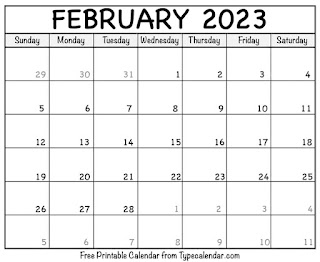Free Printable Templates - Charts, Letter, Sheet
The Power of Templates
Templates are a powerful productivity tool that can save time and effort in many areas of work and life. By creating a template for frequently used documents, emails, presentations, or other content, you eliminate the need to start from scratch each time. Templates enable efficiency through reuse.
Introduction
A template is a predefined format or structure that serves as a starting point for creating new documents, files, webpages, or other content. Templates typically contain layouts, styles, formats, text, images, or other common elements that can be used repeatedly. For example, a presentation template may contain your company logo, color scheme, fonts, and standard slide layouts. Or an email template could have a greeting, signature, and basic message outline already in place. Templates streamline repetitive tasks by allowing users to skip manual formatting and focus on customizing each new iteration.
Benefits of Using Templates
There are many benefits to using templates:
Save time - Skipping repetitive setup work lets you get right to content creation. This increases efficiency.
Ensure consistency - Templates provide a standardized format so all outputs have a uniform look and feel. This builds brand identity.
Enforce best practices - Templates can contain guidelines, styles, and structural elements that ensure quality. This improves outputs.
Facilitate collaboration - Shared templates allow multiple users to work together seamlessly. Changes sync across all outputs.
Aid learning - Templates give new users an easy starting point to build familiarity before creating fully custom work.
Increase accessibility - Templates with proper formats and styles can improve accessibility for users of assistive technologies.
Enable scaling - Templates allow organizations to produce high volumes of standardized content efficiently as they grow.
Types of Templates
Templates can be created for nearly any repeatable task across many industries and settings:
Office templates - Word processors, spreadsheets, and presentation software often include built-in templates for common document types like letters, invoices, calendars, resumes, and more.
Marketing templates - Design templates for brochures, flyers, newsletters, posters, social posts, ads, and other external communication materials.
Web templates - Website themes and layouts, email templates, HTML templates for landing pages.
Content templates - Reusable outlines, structures, text chunks, and framing for reports, documents, articles, emails, and scripts.
Creative templates - Graphic design elements, logos, icons, illustrations, and more.
Project templates - Frameworks containing standard processes, methodologies, timelines, tasks, resources, workflows and more.
Conclusion
Templates allow for efficient content creation by letting you skip the busywork and focus on customization. By investing time upfront in building high-quality templates, organizations and individuals can reap significant productivity rewards over the long-term. The flexibility of templates also allows them to be adapted as needs change. For nearly any repetitive task, there’s a template that can help save time and effort.



Comments
Post a Comment